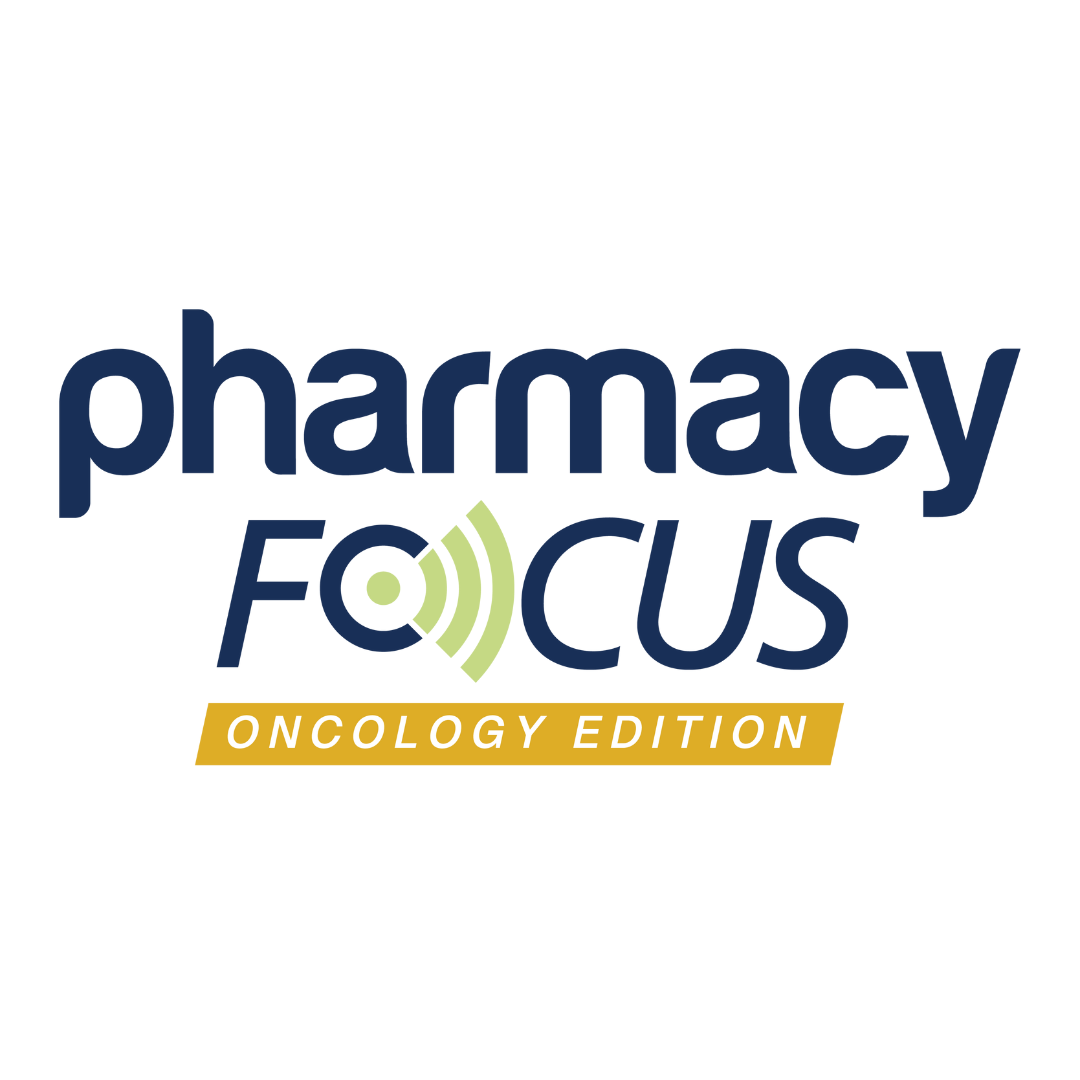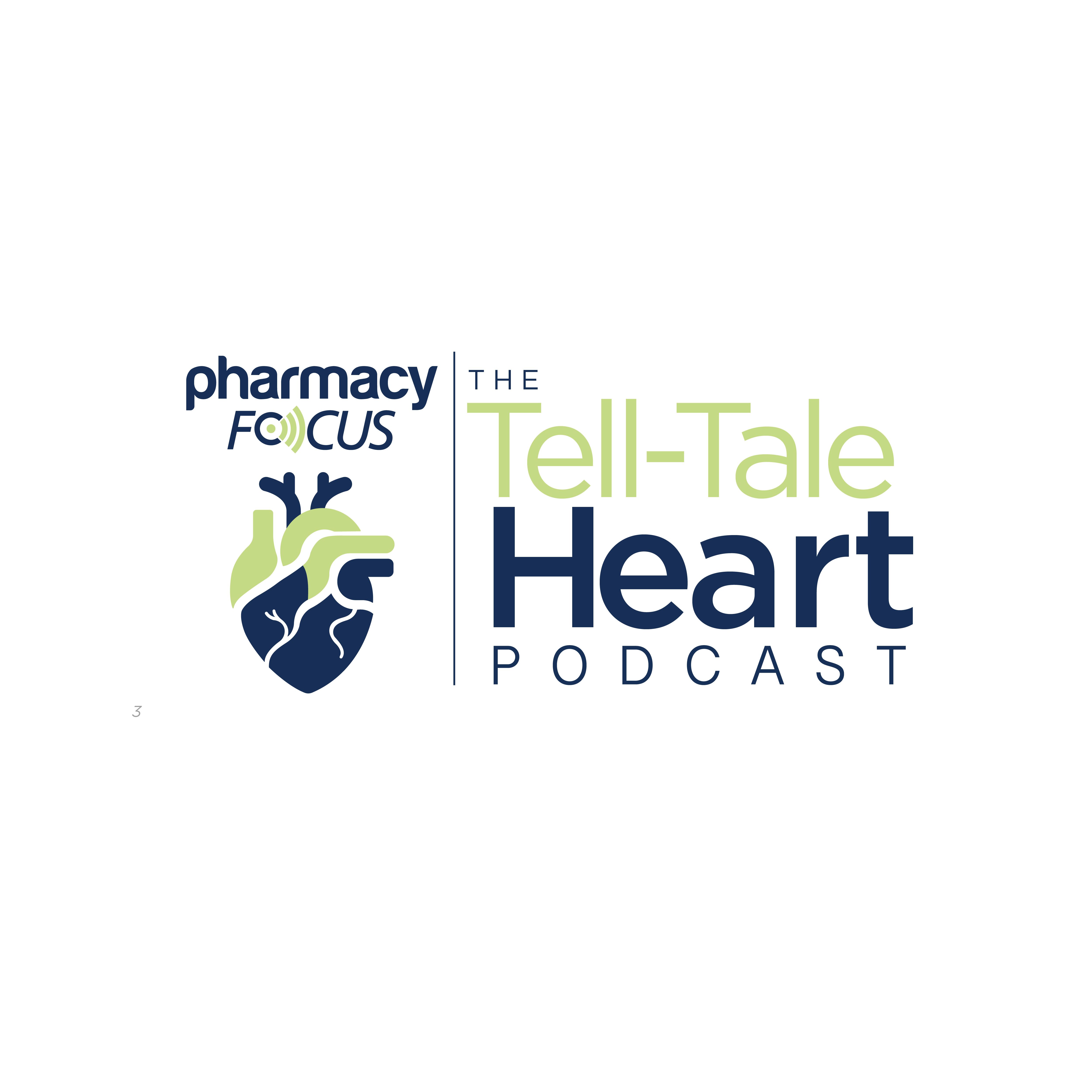Feature
Article
HOPA 2025: Understanding the Recent Changes for 505(b)(2) Drugs and Reimbursement
Author(s):
Key Takeaways
- The 505(b)(2) pathway enables modifications to existing drugs, fostering innovation and potential market exclusivity.
- CMS's recent rulings grant unique J-codes to non-therapeutically equivalent 505(b)(2) drugs, impacting reimbursement practices.
Scott A. Soefje, PharmD, MBA, BCOP, explained how the expanding use of the FDA’s 505(b)(2) drug approval pathway is creating operational and reimbursement challenges for oncology infusion centers.
For oncology pharmacists, understanding the 505(b)(2) approval pathway and its implications is necessary to effectively navigate the challenges 505(b)(2) drugs are creating for infusion center pharmacies, explained Scott Soefje, PharmD, MBA, BCOP, FCCP, FHOPA, during the Hematology/Oncology Pharmacy Association (HOPA) 2025 Annual Conference in Portland, Oregon. This pathway’s expanded use and shifting Centers for Medicare & Medicaid Services (CMS) policies are reshaping reimbursement practices and therapeutic equivalence standards for 505(b)(2) drugs.
A reimbursement ruling. Image Credit: © Hamza - stock.adobe.com

In 1984, the Drug Price Competition and Patent Term Restoration Act (ie, Hatch-Waxman Act) established the abbreviated new drug application (ANDA) for generic drugs and 5-year exclusivity period for reference drugs, Soefje explained. Additionally, the Hatch-Waxman Act created a patent framework, including a safe harbor for generic manufacturers from patent infringement lawsuits while preparing for ANDAs. According to Soefje, this pathway has been very successful in creating cheaper generic drugs.
“This act…allowed a pathway for manufacturers to create a ‘copy’ of a licensed patent product to make it cheaper and more discounted,” said Soefje, director, pharmacy cancer care and associate professor of pharmacy at Mayo Clinic in Rochester, Minnesota, at the HOPA 2025 Annual Conference. “The Orange Book is the reference, and it allows the FDA to declare something [to be] therapeutically equivalent. Until a very short time ago, [the pharmaceutical industry] felt that being therapeutically equivalent was an essential part of being a generic drug, [but] that attitude has changed recently, and that's what's causing some of the issues that we're talking about.”
The FDA Approval Process
Within the FDA approval process, the 505(b)(1) new drug application (NDA) submission pathway is the pathway by which new drugs are able to seek approval. For consideration within the 505(b)(1) approval pathway, the FDA requires the NDA submission to provide full data on safety and effectiveness. Additionally, approval within the 505(b)(1) pathway allows the approved drug to become the reference listed drug (RLD).
“The 505(b)(1) pathway is how…to get a brand name through the system,” Soefje explained.
In the 505(j) ANDA approval pathway, on the other hand, submissions can be multi-source generic drugs; however, this pathway requires bioequivalence to the RLD. Additionally, ANDA submissions should extrapolate the RLD safety and effectiveness data for drugs with the same active ingredients, dosage forms, strengths, routes, and labeling. For submission consideration, manufacturers can petition the FDA for ANDA status if the requested change does not require safety or effectiveness studies.
“The 505(j) pathway is how you get a multi-source generic. It is basically an essential copy, and the pharmaceutical manufacturer has to show bioequivalence to the reference product,” Soefje said. “If bioequivalence is shown, then the indications are extrapolated to that of the reference product.”
505(b)(2) Approval Pathway
The 505(b)(2) approval pathway is a different process than 505(j) and 505(b)(1), according to Soefje. The 505(b)(2) pathway requires some data be submitted regarding safety and effectiveness and may use reports from the reference drug.
“The 505(b)(2) pathway… is actually an NDA, and what it allows is the pharmaceutical manufacturer to make subtle changes in the formulation structure or something about the drug,” Soefje said. “Now, some of these changes are getting to be what I would consider slightly ridiculous, in that they change the vial size that it comes in, or something like that. However, the FDA allows this process.”
In the original Hatch-Waxman Act from 1984, 505(b)(2) pathway was intended to allow the pharmaceutical industry to become innovative, to create extended dosing, to combine 2 products together, and to make combination products. Soefje explained that submissions to this pathway include:
- New chemical entity/new molecular entity/prodrug
- Change as compared to the RLD
- Indication
- Route of administration
- Active ingredient (salt form, prodrug)
- Formulation change
- Fixed combination
- Legend drug to OTC switch
- Dosage form/strength/regimen
Data regarding this approval pathway and submissions go back to 2003 online, which is as far back as data is available from the FDA, according to Soefje. During the period from 2003 to 2023, 943 drugs were approved through the 505(b)(2) pathway. However, there have been 505(b)(2) drugs available since the 1980s.
Some examples of 505(b)(2) oncology drugs that have been approved through this pathway include albumin-bound paclitaxel, bendamustine, bortezomib, cyclosporin microemulsion, lanreotide, and pemetrexed.
“CMS is evaluating all 943 of these drugs and may give each one its own [health care common procedure coding system code (J-code)], so think about this as this is going forward,” Soefje said.
CMS Ruling and 505(b)(2) Changes
In 2003, CMS established the drug reimbursement process through The Medicare Modernization Act, and this is what established average sales price, which established the J-code system, according to Soefje. Prior to that, J-codes did not exist, and reimbursement was based upon national drug code number. With the use of J-codes, the identifier was established for CMS for reimbursement purposes. As a consequence, every payer in the country has adopted this system to bill for drugs.
Historically, CMS would stack all multi-source generic 505(b)(2) drugs under the same J-code, Soefje explained. Within this system, being a generic copy and being therapeutically equivalent was what was wanted for these drugs, Soefje explained.
“The hospitals and the payment plans would not use your generic drug if you weren't therapeutically equivalent—we would exclude you,” Soefje said. “That has changed based upon the [recent] CMS ruling.”
In 2022, CMS reevaluated 505(b)(2) drugs in relationship to Social Security Act (SSA) Section 1847A. Based on this ruling, 505(b)(2) drugs that are not therapeutically interchangeable should be considered sole source drugs. As of January 1, 2023, CMS has begun issuing unique J-codes to 505(b)(2) drugs dating back to 2003.
“In 2022, based upon a complaint filed by a pharmaceutical company, CMS was asked to reevaluate the SSA section that establishes the J-code,” Soefje said.
Scott Soefje, PharmD, MBA, BCOP, FCCP, FHOPA, is director, pharmacy cancer care and an associate professor of pharmacy at Mayo Clinic in Rochester, Minnesota. Soefje is also an editorial advisory board member for the Pharmacy Practice in Focus: Oncology journal.

With these changes, Soefje explained that the 505(b)(2) approval pathway now lowers the risk of denial upon submission dramatically. Submissions to this pathway already have RLDs that have been approved, with existing data to support the application. Now, the pathway lowers the cost of the application, accelerates development of the drug, provides potential market exclusivity for up to 7 years, and creates a competitive advantage.
“If you look at the SSA, it says that if it is a sole source product, it has to have its own J-code. So, the pharmaceutical companies then pushed to get their 505(b)(2) drugs declared sole source,” Soefje said. “If it's a sole source drug, it gets its own unique J-code. This went into effect in January 2022.”
For a drug to be considered a sole source drug, CMS determined that the product would need to have unique properties. In such cases, the manufacturer can request the drug be considered sole source.
“CMS is also determining whether, if it is not therapeutically equivalent, it will be a sole source product,” Soefje said. “Now the 505(b)(2) manufacturers may request the FDA to give them therapeutic equivalents, but FDA does not automatically do it. If the request doesn't come in, all 505(b)(2) drugs will be considered non-therapeutically equivalent, and therefore get their own J-code. That's the system we are headed into very rapidly.”
REFERENCE
Soefje SA, Irvine CA. 505(b)(2) Drugs:New Chaos for Infusion Centers. Presented at: Hematology/Oncology Pharmacy Association (HOPA) 2025 Annual Conference; Portland, Oregon; April 9-12, 2025.
Newsletter
Stay informed on drug updates, treatment guidelines, and pharmacy practice trends—subscribe to Pharmacy Times for weekly clinical insights.






